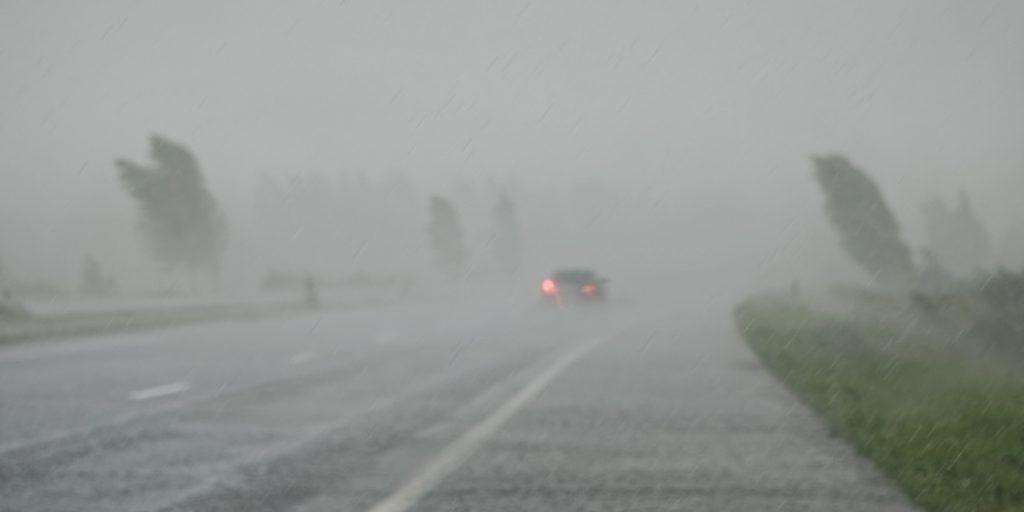Hurricane Lee’s path raises big concerns.
Others are reading now
Meteorologists are closely monitoring Hurricane Lee, which has strengthened into a Category 2 storm and is expected to escalate further into a Category 5 in the coming days.
According to weather.gov, The hurricane’s uncertain trajectory has put the East Coast of the United States on high alert.
As of early Thursday, Hurricane Lee was packing maximum sustained winds of 80 mph. The storm is predicted to undergo rapid intensification due to its path across some of the Atlantic Ocean’s warmest waters and relatively calm upper-level winds. These conditions are conducive for the hurricane to grow more potent, with winds expected to peak at 160 mph by Friday night.
Also read
Potential impact on Caribbean Islands
There is increasing confidence that the hurricane’s center will pass to the north of the Leeward Islands, the Virgin Islands, and Puerto Rico over the weekend and into early next week.
Despite this, tropical storm conditions, life-threatening surf, and rip currents could still affect these regions.
Uncertainty for the U.S. East Coast
The future impact of Hurricane Lee on the U.S. East Coast remains uncertain. While dangerous surf and rip currents are expected along the Eastern Seaboard, it is too soon to determine whether the system will make landfall in the U.S.
The timing and extent of the hurricane’s northward turn will be crucial factors in assessing its proximity to the U.S. mainland.
Steering factors and scenarios
Several elements will influence how close Hurricane Lee gets to the East Coast. The Bermuda High, an area of high pressure over the Atlantic, is expected to remain strong, keeping Lee on its current west-northwestward track.
As this high-pressure system weakens, it will allow Lee to start moving northward. Two potential scenarios are being considered: one where Lee turns quickly to the north and stays farther from the U.S. coast, and another where a slower turn leaves portions of the East Coast vulnerable to a closer approach.


